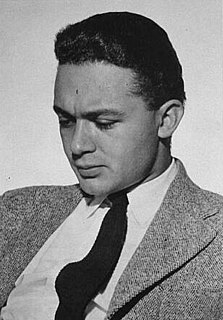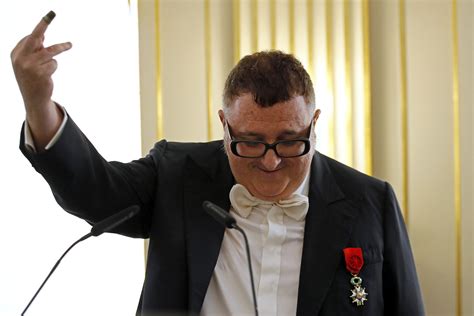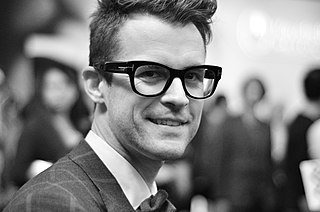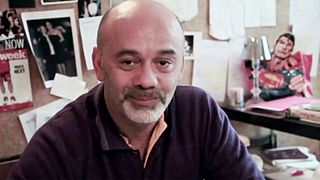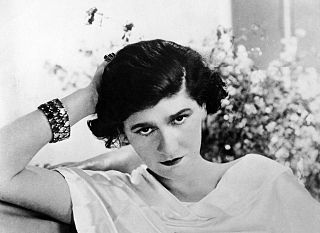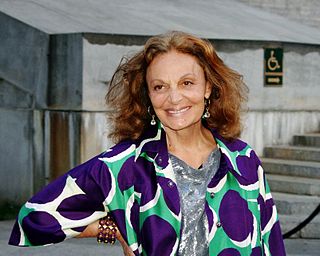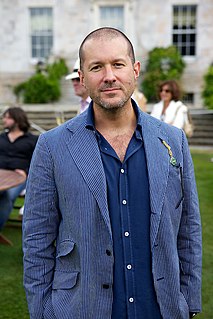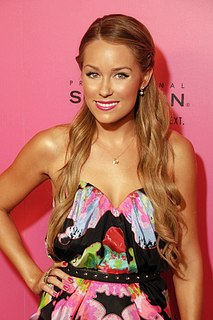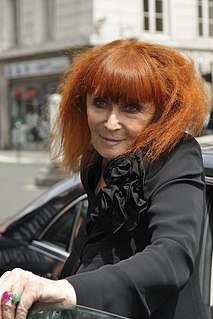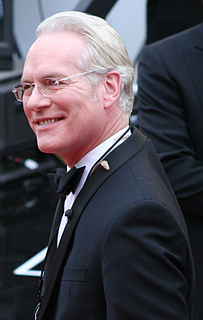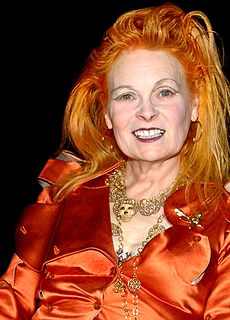Top 37 Quotes & Sayings by Paul Rand
Explore popular quotes and sayings by an American designer Paul Rand.
Last updated on April 16, 2025.
In the West, we look at art through life. Well, that's one way of living. In the Orient they look at life through art. They even drink their tea without sugar, for the same reason that they don't like a lot of frilly decorations on a painting. I can't stand butter on my bread for the same reason. I'm allergic to goo and rococo.
Graphic Design, which fulfills aesthetic needs, complies with the laws of form and exigencies of two-dimensional space; which speaks in semiotics, sans-serifs, and geometrics; which abstracts, transforms, translates, rotates, dilates, repeats, mirrors, groups, and regroups, is not good design if it is irrelevant.
The artist is a collector of things imaginary or real. He accumulates things with the same enthusiasm that a little boy stuffs his pockets. The scrap heap and the museum are embraced with equal curiosity. He takes snapshots, makes notes and records impressions on tablecloths or newspapers, on backs of envelopes or matchbooks. Why one thing and not another is part of the mystery, but he is omnivorous.
